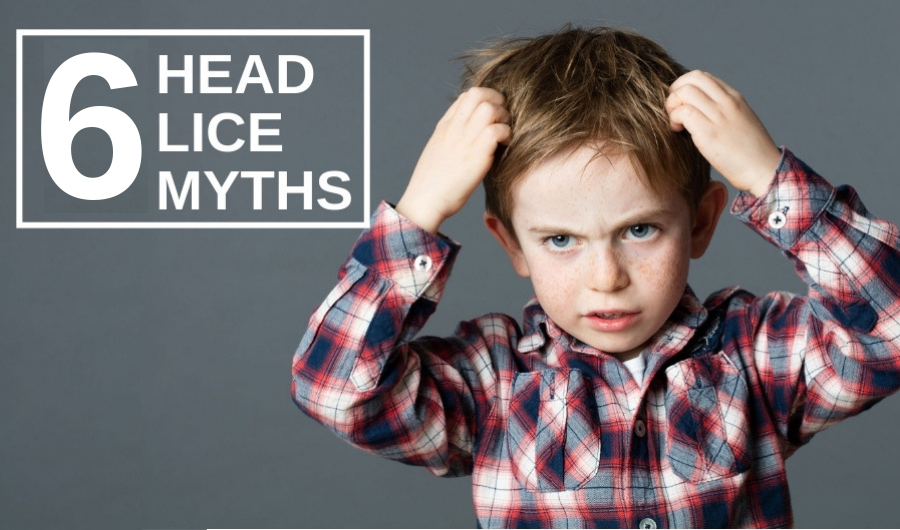
Lice is every parent's nightmare. But do you really need to be scared? With so many tall tales about lice, we want to set the record straight by breaking down the biggest myths surrounding these creepy crawly bugs: who gets them, what gets rid of them, and more!
Myth #1: Only people with poor hygiene get head lice
Personal hygiene or cleanliness has nothing to do with getting head lice. It’s not more or less common if you are rich, poor, clean or dirty. Lice can be found just about anywhere. Take some “Lice Lessons” from the National Association of School Nurses to learn more.
Myth #2: Head lice “jump” from one person to another
Head lice can’t hop. Head lice can’t fly. Head lice crawl. They’re spread by having direct contact with the hair of a person who has them. It’s the most common way to get them. It’s uncommon to get head lice by touching things like couches, backpacks or other household objects.
Myth #3: My dog Sparky gave my child head lice - I’m sure of it
You can’t get head lice from your dog, cat, and other pets. Head lice like humans best.
Myth #4: My friend’s, sister’s, grandma told me to smear mayonnaise on my child’s head to suffocate the lice
According to the Centers for Disease Control, there’s not clear, scientific evidence to show suffocating head lice with mayonnaise, olive oil, margarine, butter, or similar substances is effective. Read information on treatment for head lice.
Myth #5: Head lice live a long time off the scalp
Like us, head lice need to feed to live. Only, head lice feed on blood and adult lice don’t live long if they can’t feed. Head lice survive only about a day or two once they fall off a person and can’t feed. Nits (head lice eggs) need to stay warm and usually die within a week if they aren’t kept at a consistent temperature (as in near the scalp). Nymphs (youth lice) live for only a few hours without feeding.
Myth 6: I need to get the house fumigated if someone in my house has head lice
Although you may want to, don’t spend a lot of time or money cleaning your house if someone in your home has head lice. The risk of getting infested by lice that have fallen onto a rug, carpet or furniture is quite small.If you’re concerned lice are in your home, you should:
- Machine wash and dry clothes, bed linens, towels and other items the person wore or used during the two days before treatment. Use the hot water (130°F) laundry cycle and the high heat drying cycle.
- Dry clean clothing and things that you can’t wash.
- Seal items in a plastic bag and store them for two weeks.
- Soak combs and brushes in hot water (again at least 130°F) for 5 to 10 minutes.
- Vacuum floors and furniture that were common areas for the person.
Remember: Don’t use fumigants or harsh chemicals. They can be toxic and might do more harm than good.



